<--- Back to Details
| First Page | Document Content | |
|---|---|---|
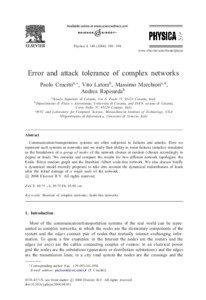 Date: 2005-02-08 19:46:30Theoretical computer science Networks Scale-free network Barabási–Albert model Centrality Degree distribution Complex network Shortest path problem Cascading failure Graph theory Mathematics Network theory |
Add to Reading List |
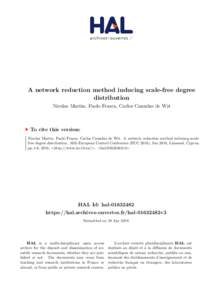 | A network reduction method inducing scale-free degree distribution Nicolas Martin, Paolo Frasca, Carlos Canudas de Wit To cite this version: Nicolas Martin, Paolo Frasca, Carlos Canudas de Wit. A network reduction methodDocID: 1tVOv - View Document |
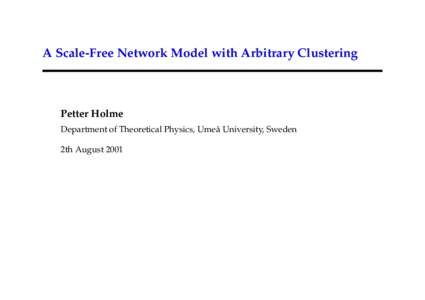 | A Scale-Free Network Model with Arbitrary Clustering Petter Holme Department of Theoretical Physics, Ume˚a University, Sweden 2th August 2001DocID: 1sCKK - View Document |
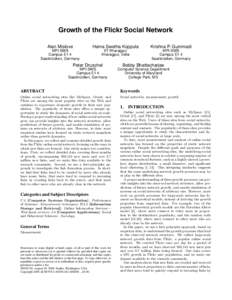 | Growth of the Flickr Social Network Alan Mislove Hema Swetha Koppula Krishna P. GummadiDocID: 1rtcC - View Document |
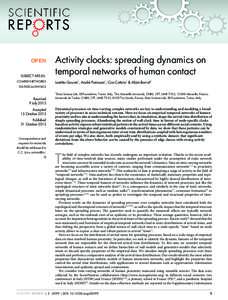 | OPEN SUBJECT AREAS: COMPLEX NETWORKS Activity clocks: spreading dynamics on temporal networks of human contactDocID: 1rjmg - View Document |
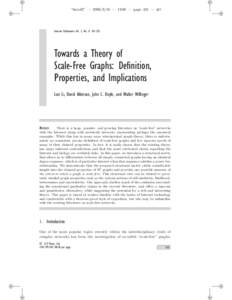 | i i “imvol2” — — 13:06 — page 431 — #1 iDocID: 1qMDg - View Document |
 Physica A[removed] – 394 www.elsevier.com/locate/physa
Physica A[removed] – 394 www.elsevier.com/locate/physa